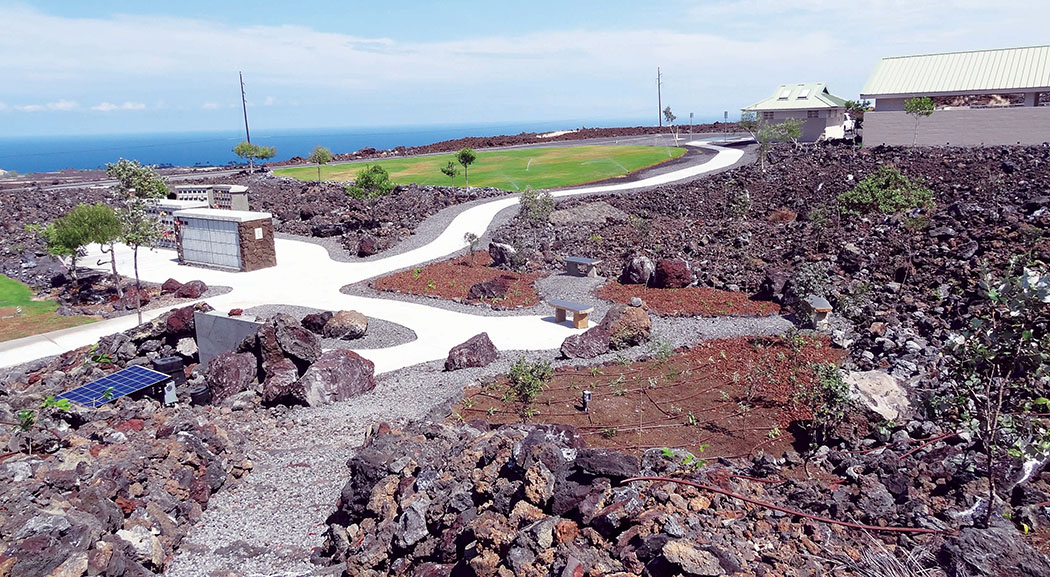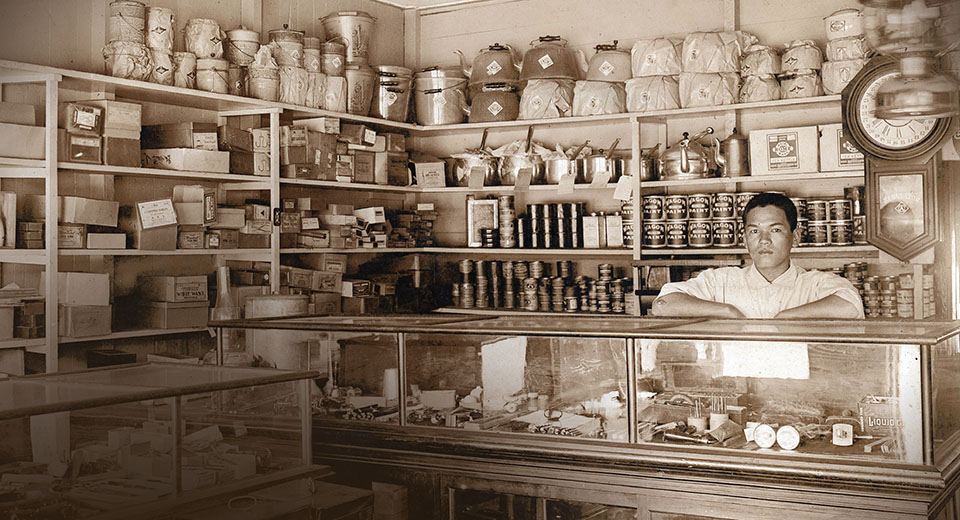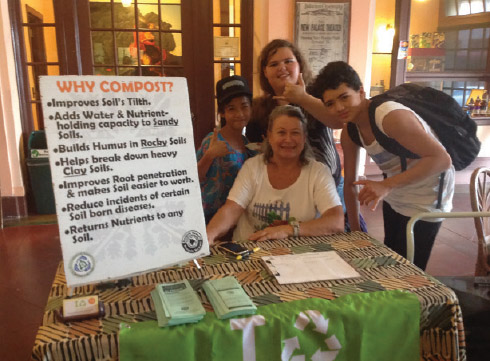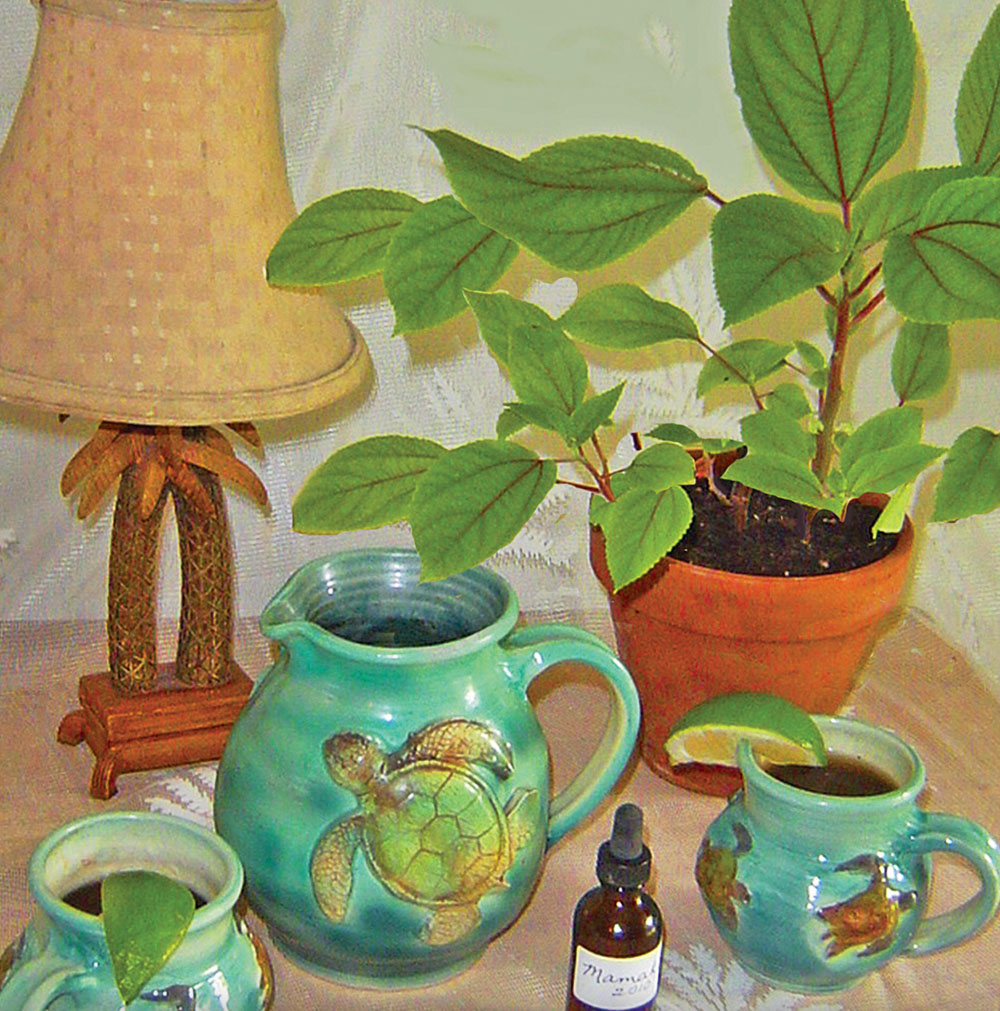
Teas, Tinctures, and Tonics: Mamaki
 By Barbara Fahs
By Barbara Fahs
The traditional Hawaiian healing herb mamaki seems to have taken the world by storm. When you Google “mamaki” you’ll find 39,500 websites that talk about the Hawaiian version of the stinging nettle, including general information on sites such as Wikipedia and the many companies that sell dried mamaki leaves for its supposed healthful benefits.
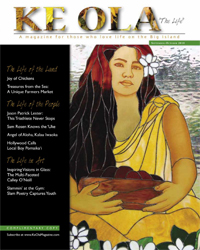
Known botanically as Pipturis albidus, mamaki can grow as tall as a small tree. Botanists believe it was one of the plants that the ancient Polynesians introduced to these islands because it was important to them for not only its healthful properties but also for other uses such as natural dyes, cordage and in making tapa, or kapa, cloth. If you have ever accidentally brushed up against a stinging nettle plant on the mainland, you know how much pain and discomfort the stinging hairs can cause, but mamaki is a different breed. Many believe that it failed to develop the protective hairs during its evolution because no predators ever threatened its existence.
Traditional Hawaiian healers have used mamaki for serious illnesses such as general debility, allergy and hay fever, cleansing of the stomach, liver, bladder, bowel and urinary problems.*
Mamaki tea is the most common way of taking the herb. Dried mamaki leaves are sold at island farmers markets and even at Long’s Drugs. Like the stinging nettle, mamaki is believed to be helpful for urinary tract ailments, including the prostate gland. The small, white, gelatinous seedpods are believed to have laxative effects; I tell visitors to my garden: “You don’t want to eat too many of them…unless you need to.”
As with all herbs, fresh mamaki leaves taste better and are more potent than dried leaves that might have been sitting on a store shelf for months.
Using Fresh Mamaki Leaves
You can harvest young mamaki leaves and add them to salads or sandwiches. The taste is mild, yet tangy. Mamaki leaves can also be steamed or stir-fried, in the same way that you would cook spinach, kale, swiss chard and other greens.
Making Mamaki Tincture
Tinctures are herbal preparations made with vegetable glycerin, vodka, other alcohol or apple cider vinegar, which you take by the dropperful in therapeutic dosages. For example, if you have acute symptoms, you might take one ounce of a tincture daily; for milder symptoms, a usual dosage might be three droppers full taken two times a day. Mix your tincture with fruit juice to improve its flavor—it’s medicine, so it’s not meant to necessarily taste good. Taking it under your tongue is not necessary: this practice comes from homeopathy and is not the way you take tinctures, which come from the Western European tradition of herbalism.
- Fill a jar half full of chopped mamaki leaves and then fill it to the top with vodka, rum, glycerin or apple cider vinegar. Screw lid on tightly, cover with a dark cloth, and put away in a cool, dark place, like a rarely used cabinet.
- Allow to steep for 30 days, shaking daily.
- Strain and bottle in bottles with dropper tops.
Growing Mamaki
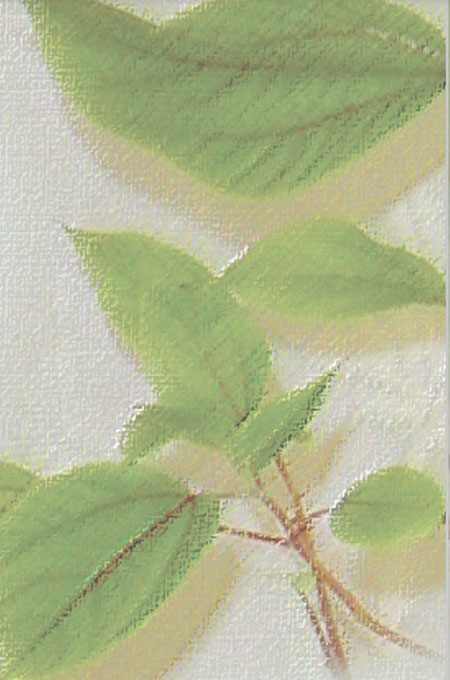 Mamaki will grow successfully on both the windward and leeward sides of the island. If you live windward near the ocean, grow your mamaki near a tree that will give it a bit of shade, especially in the hot afternoons. On the leeward side, make sure to plant your mamaki in an area that gets filtered afternoon sun and don’t forget to water it: it can droop badly and even perish if it dries out too much. It generally does better at higher elevations.
Mamaki will grow successfully on both the windward and leeward sides of the island. If you live windward near the ocean, grow your mamaki near a tree that will give it a bit of shade, especially in the hot afternoons. On the leeward side, make sure to plant your mamaki in an area that gets filtered afternoon sun and don’t forget to water it: it can droop badly and even perish if it dries out too much. It generally does better at higher elevations.
To find a starter plant, the Amy B.H. Greenwell Ethnobotanical Garden in Captain Cook often has starts for sale. Starting mamaki from cuttings of an existing plant is tricky. Collect seedpods and plant them in a pot, barely covering them with standard potting soil. Give them filtered sunlight, but don’t allow tender seeds to get too hot. Keep the soil moist and be patient: germination can take up to two months. When keiki plants are one to two inches tall, transplant them into three-inch or larger pots, using standard potting soil. In about six months your keiki should be large enough to transplant into the garden. Water your mamaki until they become larger and better able to withstand dry conditions, then let them adapt to their environment. But do water plants if prolonged dry spells occur.
Mamaki leaves are a favorite food of the Kamehameha butterfly’s larvae (Vanessa tameamea). Refrain from killing the larvae of this native insect if you see worms eating your leaves. Normally, they will eat some of the plant and leave some for you.
* Curative actions of mamaki have not been proven nor formally evaluated in laboratory studies. However, laboratory studies have been conducted on its more common relative, nettles, and have shown it to have diuretic effects, according to the Physician’s Desk Reference for Herbal Medicines. Ethnobotanists rely on information of this type to determine the likely properties contained in less common plants based on knowledge of their close relatives in the plant world. ❖
Making Fresh Mamaki Tea
- Harvest about six large, healthy leaves for each cup of tea you want to make.
- Slice them into slivers and then place them into a teapot or teacup.
- Boil water in a teakettle and then pour it over your mamaki leaves.
- Allow your tea to steep for about 10 minutes, then strain it and enjoy with sugar, honey, lemon or milk.
Although mamaki tea tastes good and is popular, limit your consumption to no more than three cups each day because it can be a strong diuretic.
Cautions:
The use of herbal products should not be taken lightly. Consult a physician before using any herb, especially if you are taking any prescribed medications, due to drug interactions.
Do not use mamaki if you are pregnant or nursing. Nettles are a galactagogue (increases milk production), so we must assume that mamaki has this same property.
Email Barbara Fahs at hiiakas@lava.net.
